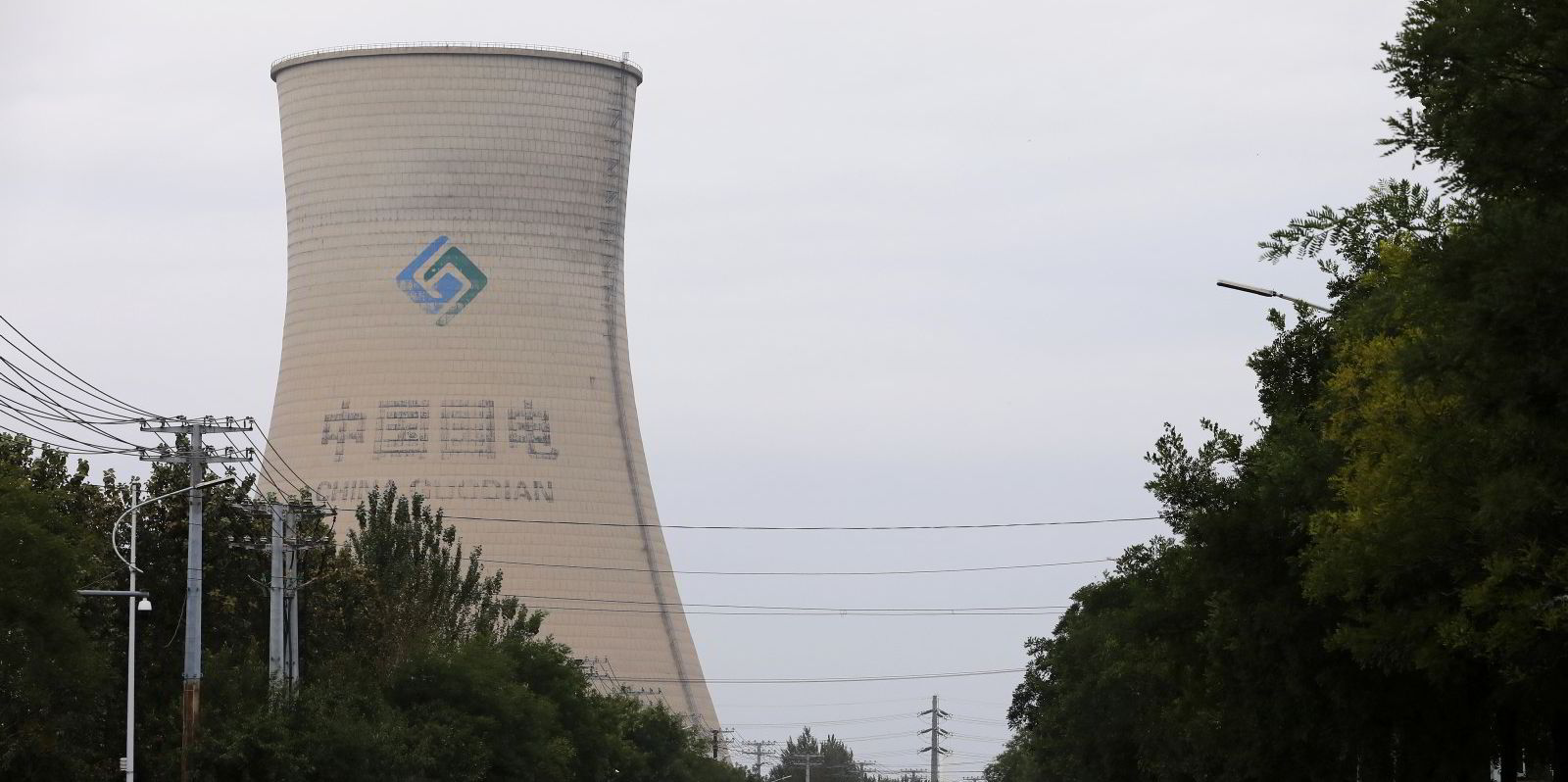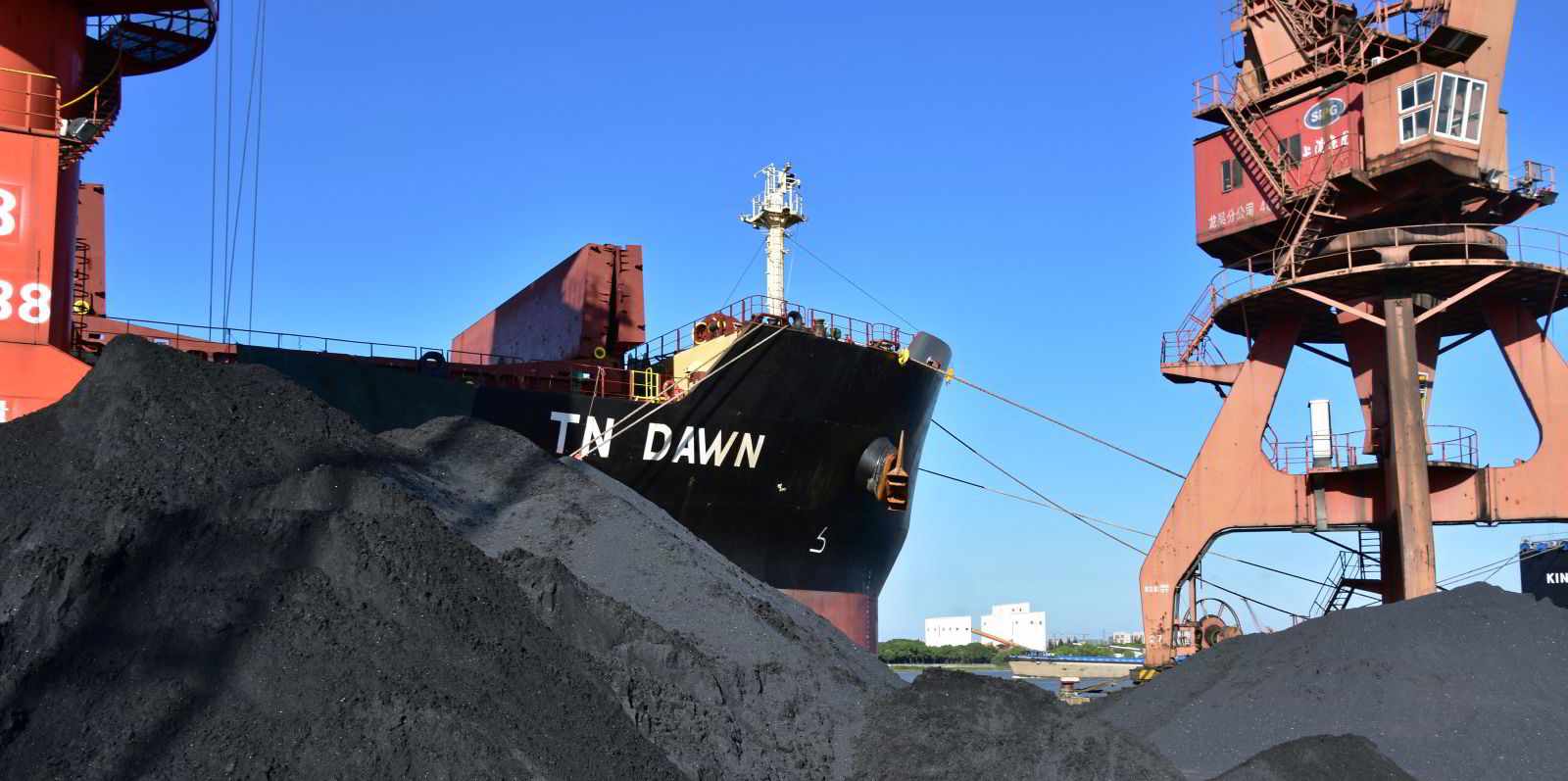A power crisis has stoked China's appetite for coal, but shipping analysts do not expect country's import ban on Australian volumes will be lifted in the foreseeable future.
Some of the last vessels waiting since last year to discharge in China have finally unloaded their cargoes, but Braemar ACM Shipbroking analyst Nick Ristic sees no sign of easing the restrictions.
"It is hard to imagine China opening the doors to Australian coal any time soon," he said
"We can't be sure whether these cargoes are destined to be used in China or Taiwan or to be re-exported, as has been the case in the past."
A few bulkers have unloaded Australian coal in China since the ban was instated in 2020, but in very small volumes.
But amending the ban would make sense — China needs to import more coal by any means. Coal supplied about 58% of China’s total energy consumption in 2019. Just over two-thirds of China's electricity is consumed by the industrial sector.
Harry Grimes, research analyst at Arrow Shipbroking Group, said China's coal ban is valued highly as a political statement, but "if the shortage becomes even more acute, we could envision a temporary quota opening up".
The ban is all the more likely to continue because of the strategic defence pact announced last month between Australia, the US and the UK, according to Russell Thompson, managing director of maritime trade data firm Tradeviews.
"The Chinese have not been known to back down even if it works to their advantage, so I expect this dispute will rumble on for some time," he said.
India hunger
Like China, India is highly dependent on both thermal and metallurgical coal and is facing an urgent shortage as inventories run short at many of its coal-fired power plants.
Data from India's Central Electricity Authority shows that 97 Indian power plants with around 120,000-mW capacity have coal stocks of five days or less.
A further 17 plants have zero coal inventory and 59 other power plants have enough of the commodity to last three days or less, according to the data.
High commodity prices are incentivising coal exporters to push out as much volume as possible, resulting in quirky new trades coming to light — such as the capesize fixed to take coal to China from Kazakhstan via the Black Sea.
But high prices are also the reason that India's imports have fallen to record-low levels.
"Developed nations with deeper pockets will have an advantage in the market, and this could drive more cargoes into north-east Asia and Europe," Grimes explained.
"Overall the developments in the coal market remain positive for dry bulk, however, the growth in volumes may start to slow."
China has taken steps to unlock more domestic coal production by relaxing mining safety regulations, but weather issues could make it hard for this increased supply to plug the gap in the short term, according to Ristic.
Grimes thinks the big mismatch in coal supply and demand will not be rectified quickly by a few policy changes.
"However, looking forward, Beijing’s call for banks to increase loans to the coal-mining sector will stimulate supply over the medium term, which could dent import demand once the energy market normalises," he said.

Supramaxes could be the bulkers that benefit most as India and China boost imports of much-needed coal, according to analysis by Fearnleys.
"Segment-wise, supramaxes have not been so strong on the coal side as panamaxes and capesizes, so probably we will see more coal on supramaxes if supply from the major exporters increases," Fearnleys research analyst Bernhard Baardson told TradeWinds.
But port congestion will continue to hamper the trade and could even get worse.
"The way we measure it, congestion on supramaxes is currently at all-time highs, whereas on panamaxes and capes it has eased off the last few weeks," Baardson explained.
"Assuming further records in total shipment volumes the next months due to restocking demand on the coal side, congestion is sure to increase from current levels."
Research by Arrow, however, has found that congestion has so far had a limited effect on seaborne coal trades, unlike iron ore. Congestion of vessels carrying coal is lower than at this point in 2020, Grimes told TradeWinds.
This article has been amended to reflect that the capesize Nian Feng Hai did not unload Australian coal in China, as stated previously. The vessel in fact unloaded in South Korea and then proceeded to Dalian, China, for repairs, according to vessel tracking data from IHS Markit.







